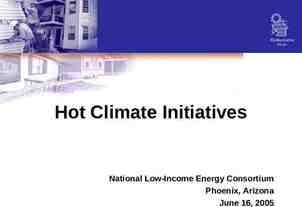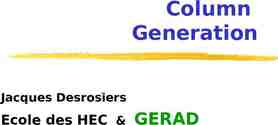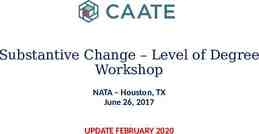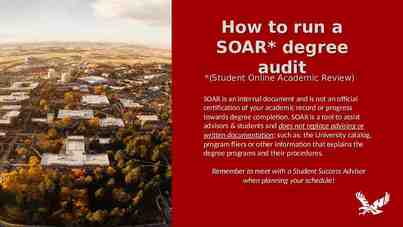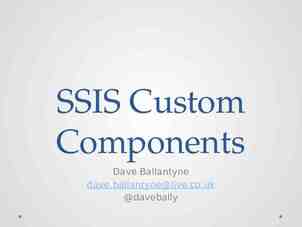ECTA/DaSy System Framework Self-Assessment Comparison Tool Robin
16 Slides1.39 MB

ECTA/DaSy System Framework Self-Assessment Comparison Tool Robin Nelson June 29, 2016

Outcomes for this Webinar Participants will Increase their awareness of the Self-Assessment Comparison tool, and how it relates to the SelfAssessment tool Understand the potential uses of the Self-Assessment Comparison tool Learn when and how to use the Self-Assessment Comparison tool 2

What we will cover today Brief overview of the framework and self-assessment Purpose of the self-assessment comparison (SAC) tool Demonstration of the SAC tool 3

Poll Questions 4

The ECTA/DaSy System Framework: What is it? Implementation of Effective Practices 5 Good outcomes for children with disabilities and their families

Framework Components ECTA System 6 Governance – GV Finance – FN Personnel/Workforce – PN Account & Qual. Imp. – AC Quality Standards – QS Data System – DS Data System Subcomponents Purpose and Vision – PV Data Governance/Mgmt. – DG Stakeholder Engagement – SE System Design/Develop. – SD Data Use – DU Sustainability – SU

ECTA/DaSy Self-Assessment Use with the ECTA and DaSy System Frameworks Provides a structure for state Part C and Section 619 programs to evaluate their systems Provides a current ‘snap shot’ – Identify relative strengths and weaknesses – Identify and prioritize areas for improvement Built in Excel 7

Element Rating Scale Element Rating 1 2 3 4 8 Implementation of Element No - element not in place and not planning to work on it at this time No - element not in place but planning to work on it or getting started Yes - element partially implemented Yes - element fully implemented

Quality Indicator Rating Scale QI Rating 1 2 3 4 5 6 7 9 Description of Rating None of the elements is yet planned or in place. Most of the elements are not yet planned or in place. Some elements are in place; a few may be fully implemented. At least half of the elements are in place; a few may be fully implemented. At least half of the elements are in place; some are fully implemented. At least half of the elements are fully implemented; the rest are partially implemented. All elements are fully implemented.

Self-Assessment Comparison Tool Allows comparisons among QIs and EQs across one or more system components or data subcomponents – Across two or three points-in-time Can be used to evaluate the implementation of system improvement activities, e.g., infrastructure improvement for SSIP Makes use of self-assessment data Built in Excel 10

Tip: Download, print, and read the guidance document 11

On to the Tool . . . 12

ECTA and DaSy can help . Phone, email, on-site technical assistance on one or more components/subcomponents Help with planning for the process or facilitating the use of the self-assessment or self-assessment comparison Identification of resources Support the development and/or implementation of an improvement plan Contact your ECTA or DaSy state liaison or any of the ECTA or DaSy staff 13

DaSy/ECTA Framework Resources ECTA System Framework for Part C and Section 619 http://ectacenter.org/sysframe/ Data System Framework http://dasycenter.org/resources/dasy-framework/ Self-Assessment http://ectacenter.org/sysframe/selfassessment.asp http://dasycenter.org/self-assessment-for-ecta-and-dasy-frameworks/ Self-Assessment Comparison 14

Questions 15

The contents of this tool and guidance were developed under grants from the U.S. Department of Education, #H326P120002 and #H373Z120002. However, those contents do not necessarily represent the policy of the U.S. Department of Education, and you should not assume endorsement by the Federal Government. Project Officers: Meredith Miceli, Richelle Davis, and Julia Martin Eile. 16

